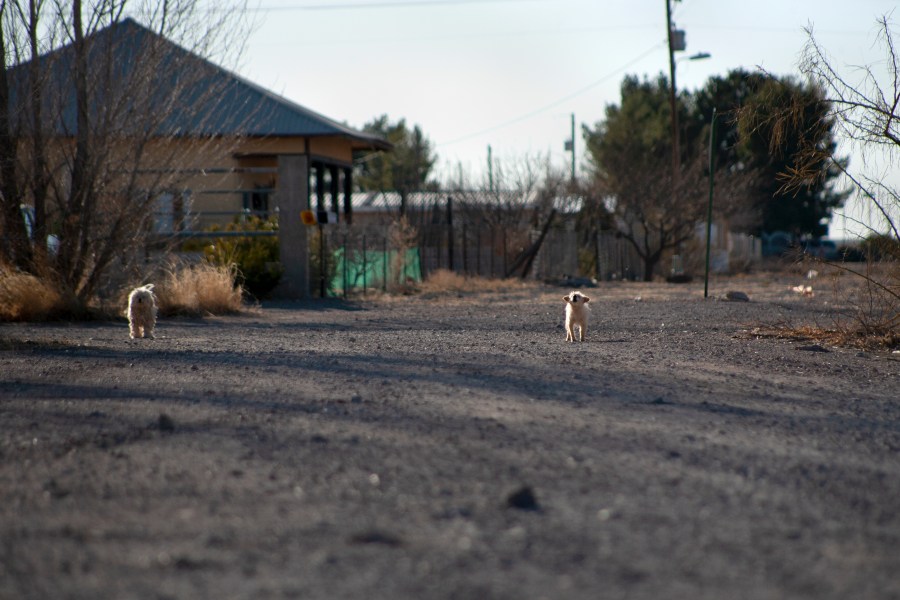COLUMBUS, N.M. (NewsNation Now) — Once the site of a historic battle, much of Columbus, New Mexico now consists of dilapidated homes along dirt roads and a museum memorializing the 1916 raid that put it on the map.
Columbus is home to one of three U.S.-Mexico ports of entry in New Mexico, through which more than 1 million people entered the U.S. last year. Without the border crossing, Columbus might not exist, resident and former Mayor Philip Skinner said.
“If they ever shut the border, Columbus would go away,” Skinner said. “There’s no reason for Columbus to exist except for the border crossing.”
Desolate as the town is today, its past is steeped in history. Mexican revolutionaries led by General Francisco “Pancho” Villa attacked Columbus on March 9, 1916, in the only ground invasion of the continental U.S. since the War of 1812.

The fighters crossed the border into the U.S. and took the small town and its adjacent military encampment, Camp Furlong, by surprise, according to the National Park Service. Ten American civilians and eight U.S. soldiers died before Villa’s troops retreated to Mexico.
More recent events in Columbus also made history and highlighted a common struggle among border communities.
In 2011, the town’s police chief, mayor and a village trustee were among 10 people arrested in connection with a firearms-trafficking ring. Federal prosecutors accused the group of purchasing firearms that were favored by the Mexican cartels and distributing them to others.

Police seized 40 “AK-47-type pistols” that were described as “resembling AK-47 rifles but with shorter barrels and without rear stocks,” 1,580 rounds of 7.62mm ammunition, and 30 high-capacity magazines from the defendants during the course of the investigation, according to a news release at the time.
On Saturday, Columbus was quiet — a poker game in the park and a flashing “no vacancy” sign at the local hotel were the only signs of life.
That’s not to say crime is no longer a reality in Columbus.
“One of the challenges that young people have in our border communities is that there’s lots of opportunities to do wrong and people get tempted,” Skinner said. “Youngsters get tempted to smuggle drugs and things, and the temptation is great.”
When Skinner isn’t helping his wife run the town hotel Los Milagros, he drives a school bus that transports U.S. citizen students living in Mexico to Columbus Elementary School.

A total of about 700 students from Mexico attend the school in Columbus, which is also the town’s largest employer.
“Living on the border is unique — the bicultural aspect … we go back and forth all the time,” he said. “To kind of live in two worlds is unique and it’s fun to me.”
But Mexico’s reliance on its neighbor over the border goes both ways.
Columbus lacks basic services such as a dentist’s office or restaurants that are open daily. For those needs, residents cross the border to nearby Puerto Palomas.
With a population of 1,118, Columbus’ infrastructure pales in comparison to larger border cities that benefit from tourism both to and from Mexico. Columbus reaps the rewards of tourism on a much smaller scale, but still must rely on resources over the border in Palomas, Mexico to stay afloat.
“Palomas is the destination,” Skinner said. “People don’t come to Columbus.”